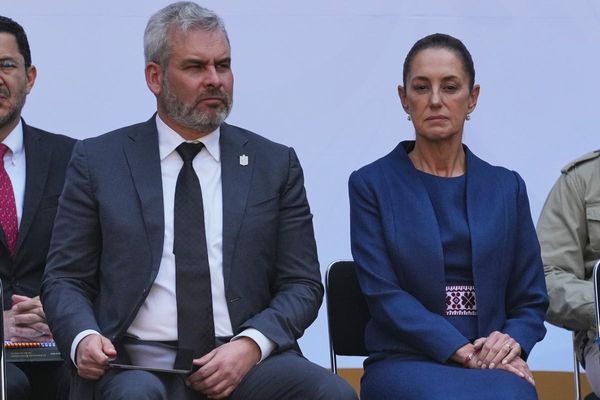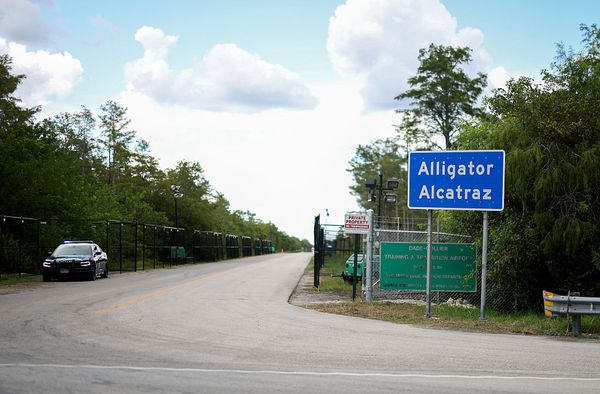At its nearest point, Alaska is just 2.4 miles from Russia. In the remote Bering Sea, Little Diomede Island (belonging to the US) sits next to Big Diomede Island (part of Russia).
In between them lies the international date line, which means the American island, also known as Yesterday Island, is 21 hours behind its Russian neighbour, unsurprisingly dubbed Tomorrow.
This quirk of geography and history appeals to Vladimir Putin, putting him ahead not only in a chronological sense (literally), but also in a political one – because that’s where he’s winning the race for control of a vast region that is opening up thanks to climate change.
For as the Arctic continues to thaw, it is Russia that is taking advantage.
“This region is at the centre of Nato’s security. This is Nato’s northern flank... Russia’s military presence, particularly, has been growing now for years,” warned foreign secretary David Lammy on a recent trip to the High North.
“This area is hugely, strategically important as the ice caps melt. It opens up potentially new gateways. Suddenly you can do shipping in areas where you couldn’t before.
“My visit is about deterring the threat from Russia, just as it is about tackling the threat of climate change.”
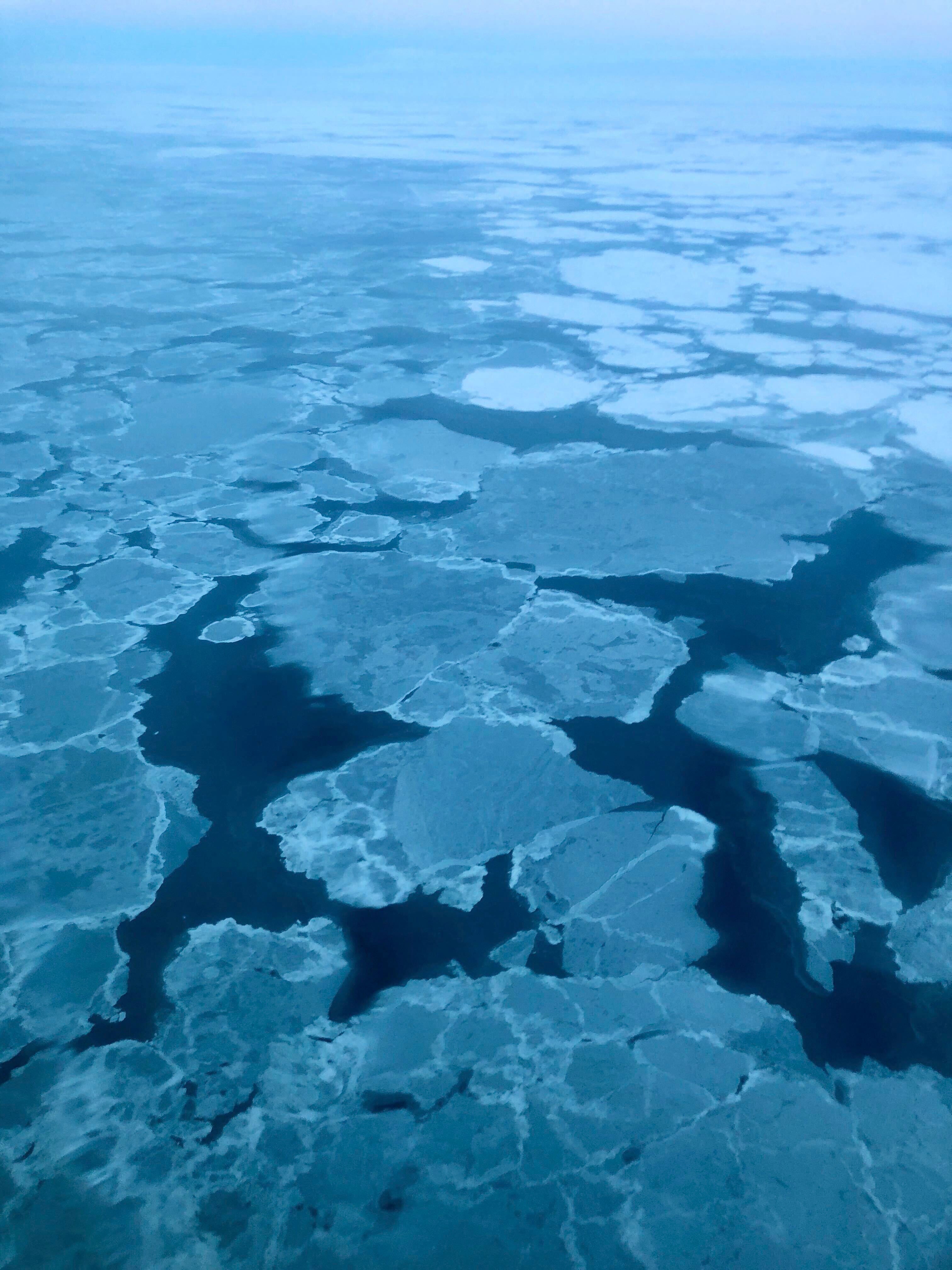
Russia is working the hardest to dominate the Arctic because it has the most to gain from the opening of these routes. The thawing of the Arctic ice caps is an economic and military opportunity that Moscow has not missed.
Recently, it expanded its fleets with its binoculars trained on Arctic dominance. The newly built Arktika-class nuclear icebreakers, such as the Arktika and the Sibir, are among the most powerful in the world. They are capable of ploughing through ice up to 2.8 metres thick, and operating all year round.
By the end of this year, Russia plans to operate a fleet of more than 20 nuclear and diesel-electric icebreakers – and will lead the world in carving through the Arctic. In response, the US Coast Guard has three icebreakers and one on order. The UK has none.
This Russian fleet enables Moscow to lead the search for the vast mineral resources, including fossil fuels, that are locked beneath the melting ice.
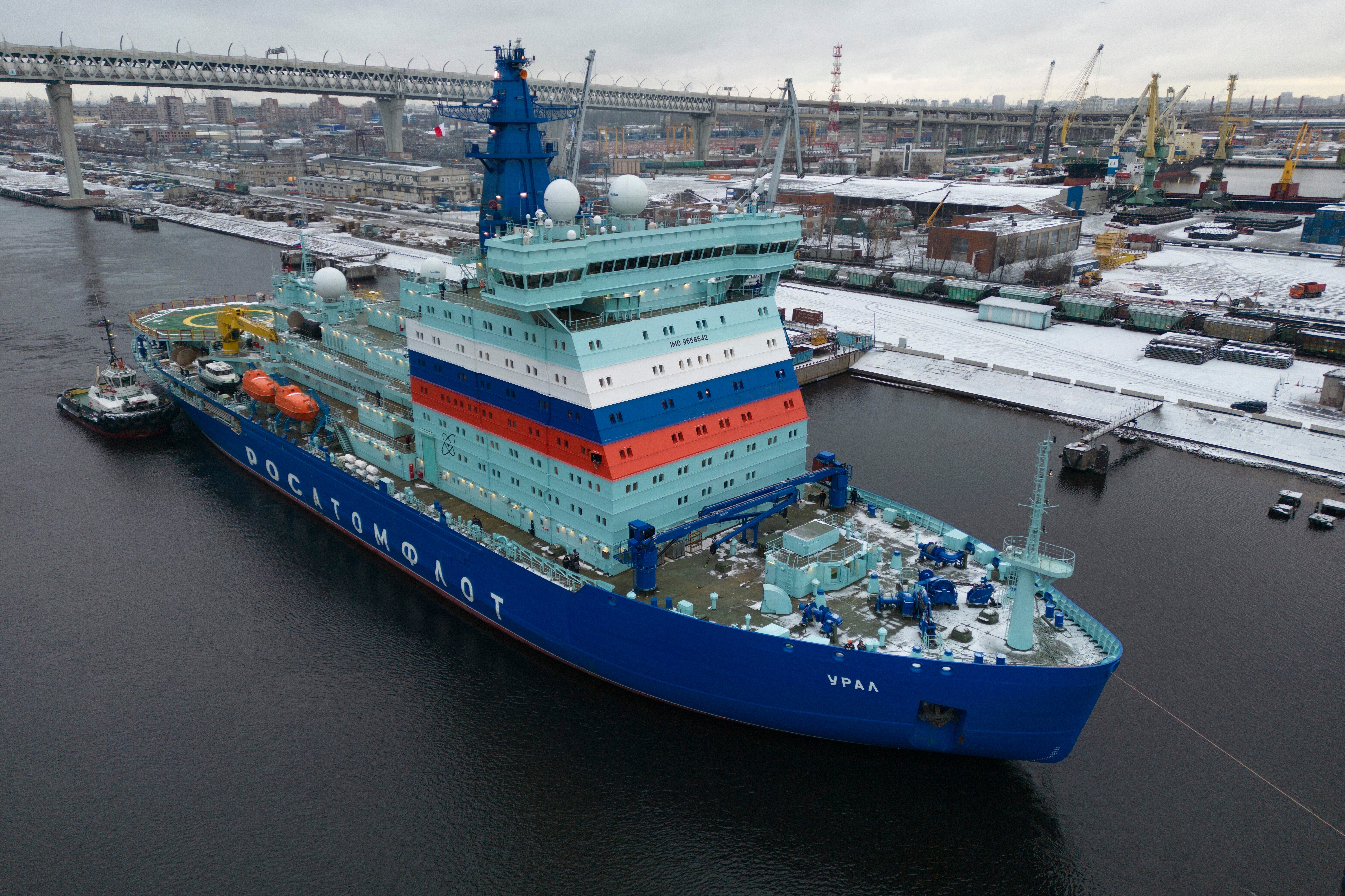
Icebreakers also allow it to control shipping routes and assert military dominance over the emerging region.
According to the US National Snow and Ice Data Center, the level of Arctic sea ice has declined by around 40 per cent since satellite observations began in 1979, reaching record lows in recent years. That means new shipping routes can be opened – and probably kept open – by Russia.
The northern sea route (NSR), which runs along Russia’s Siberian coast from Murmansk to the Bering Strait, is at the heart of the Kremlin’s strategic push into the Arctic.
This route used to be impassable for most of the year. Satellite and climate data now reveal that the navigation season along the NSR has stretched from only 60 days a year to double that. Year-round transit is around the corner.
The distance between Asian manufacturing hubs like China and Europe is being cut by approximately 40 per cent, saving millions of dollars in fuel and transit time. Trips from Shanghai to Hamburg via the NSR take around 15 days, compared with roughly 30 days via the Suez Canal.
That’s an economic bonus that Russia wants to own. It is likely to come into conflict with the rest of the world if Moscow insists on collecting tariffs from other countries using an international shipping route – which it hopes to do.
Already Russia uses its ports in the High North for moving sanctioned crude oil in its “shadow fleet”, which helps to fund Putin’s war against Ukraine.
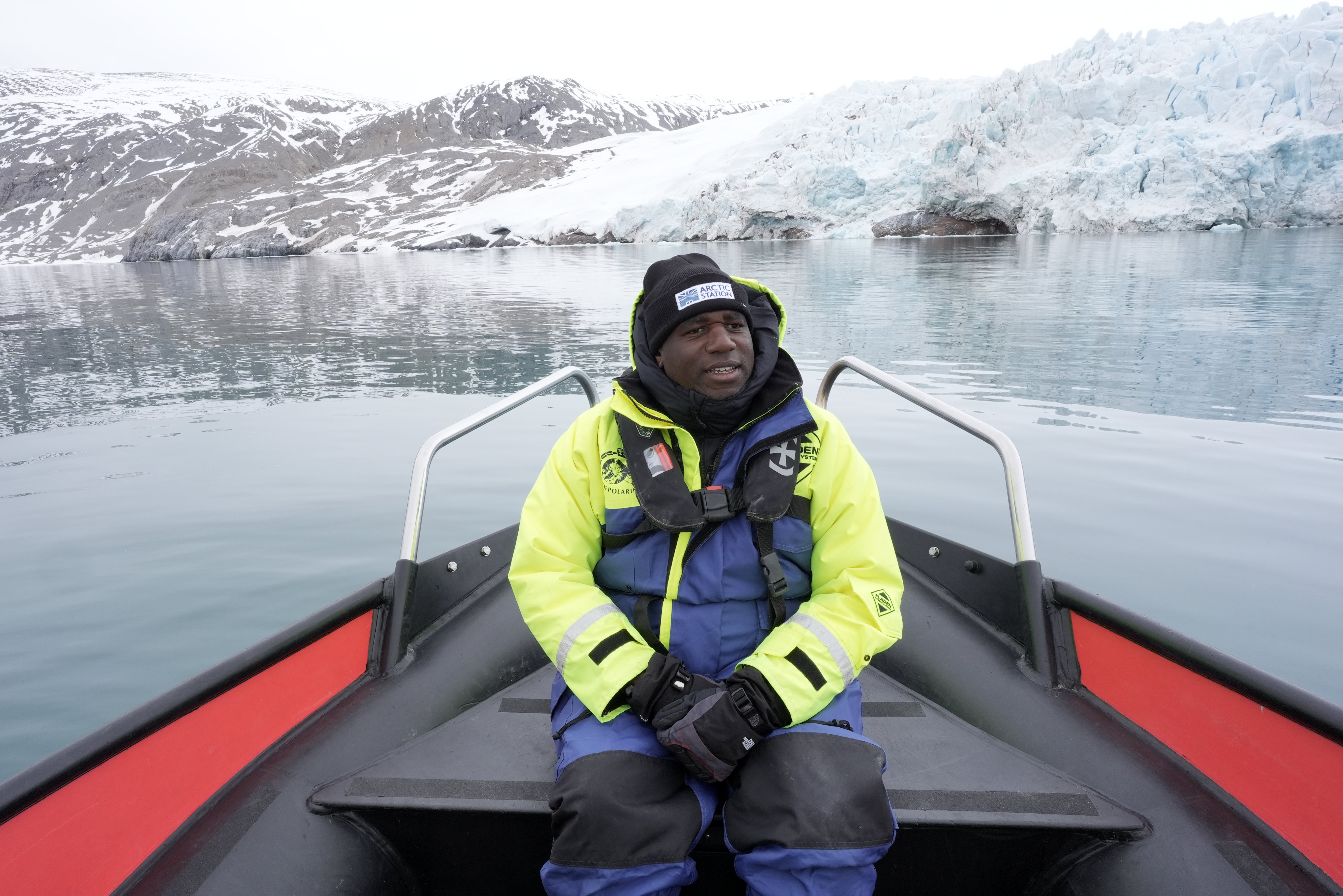
Norway operates the biggest satellite observation network in the world from the Svalbard archipelago, and can see these illegal oil exports leaving Russia’s northern ports.
“It’s this satellite ground station that helps us see the movement of Russia’s shadow fleet and ultimately helps us to thwart Putin’s ability to fund his war,” Lammy said. “The High North has always been important to the security of the whole [Nato] alliance. This is one of the regions where Russia can move out and towards the West.”
The UK’s Royal Marines play a key role in Nato’s cold-weather warfare, and Lammy insisted that Britain is crucial in defending Nato’s northern flank with what is called the Littoral Response Group. But the Royal Navy does not have any amphibious ships to move the commandos, and its real contribution is very light compared to that of the Nordic countries and the US.
This puts further strain on the whole of Nato’s operational readiness as Ukraine is the focus of so much effort.
Russia’s Northern Fleet has deployed advanced nuclear-powered submarines, including the Borei-class and Yasen-class vessels, capable of launching strategic missile strikes from under the ice. They give Moscow a second-strike nuclear capability, which ensures its place among the superpowers.
To consolidate its position, Russia has constructed new military bases and upgraded existing ones in Franz Josef Land and Novaya Zemlya, two remote archipelagos in the Arctic Ocean.
These are the real inroads into the Arctic – taking advantage of the rapid rate of climate change – and the rest of the world needs to sit up and take notice.
By choosing this location for his first face-to-face talks with Putin since he became president for the second time, Donald Trump may inadvertently have drawn the world’s attention to another clear and present danger.
